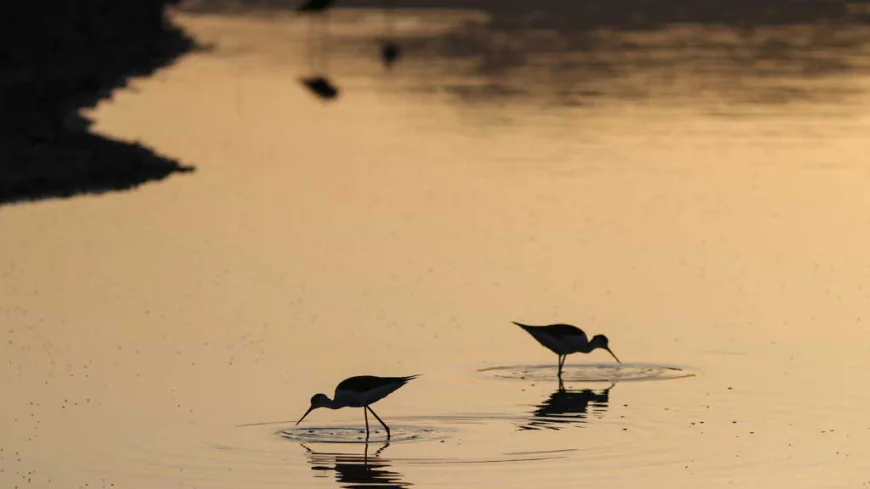Lesbos Island: A Springtime Haven for Birdwatchers

At Kalloni Bay on the Greek island of Lesbos, black-winged white stilts glide gracefully through shimmering salt pans, dipping their slender beaks into the water in search of food. Watching from a distance, binoculars in hand, bird enthusiasts quietly marvel at the sight.
These elegant stilts are just one of over 330 bird species found across the wetlands of Kalloni and other parts of Lesbos. Since the 1990s, this biodiversity has transformed the island into one of Europe's most beloved birdwatching destinations.
“We have some very special resident birds here,” says Eleni Galinou, a local environmental scientist and bird guide. “Species like the Cinereous Bunting, Kruper's Nuthatch, and the Masked Shrike breed on the island and are especially popular with visitors.”
Spring, however, is the peak season—when migratory birds steal the spotlight.
Nestled at the intersection of Africa, Europe, and Asia, Lesbos provides a vital resting and feeding ground for around 200 migratory bird species traveling north from Africa via the eastern Mediterranean. From elusive crakes to majestic pelicans, it’s a unique spectacle for bird lovers.
“Many of us have long dreamed of coming to Lesbos because of its reputation for spring migration,” says 73-year-old Ian Wordeyn, one of many visiting birdwatchers.
For others, like 79-year-old Maureen Greer, the joy lies not just in the sightings but in the experience itself. “It’s so peaceful. Just being out in nature, in the countryside, looking for birds—it’s incredibly relaxing.”
Still, birdwatching often depends on patience and luck. “Wildlife is unpredictable,” Wordeyn reflects. “Sometimes you’re lucky, and when you are, it’s truly magical.”
















































